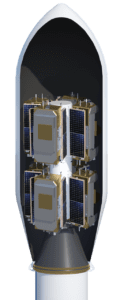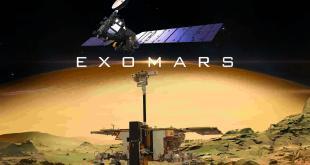
Lake Balaton, 14 July 2022. – New European launch vehicle designed and manufactured by Avio, Vega C (Consolidation), successfully launched for the first time from Europe’s Spaceport in Kourou, French Guiana under the supervision of ESA. Vega C can now begin its operational phase targeting at least four launches per year.
The new launcher already has a backlog of 7 launches and 10 auxiliary payloads serving both institutional and commercial missions. These include ESA’s Sentinel-1C, FLEX and ALTIUS, the Italian Space Agency’s CSG 3 and PLATiNO 2, and CNES’ Microcarb. The main commercial missions encompass Pléiades Néo’s four-satellite constellation for Airbus, and the Korean Aerospace Research Institute’s KOMPSAT 7.
Theos-2 for the Geo-Informatics and Space Technology Development Agency of Thailand, and Taiwan’s Formosat-7R will also be launched by Vega C. The operator of the rocket, Arianespace, has already signed contracts for multiple small spacecraft missions as well. The first commercial Vega C flight, VV22, is planned for November this year, deploying Pléiades Néo 5 and 6.
Vega C has more powerful first and second stage Solid Rocket Motors compared to the company’s previous launch vehicles. Its fairing is larger as well, capable of carrying double the volume than previous Ariane rockets. Vega C is also equipped with an improved Small Spacecraft Mission Service (SSMS) dispenser. Furthermore, it is capable of seven re-ignitions instead of five enabling it to reach three reference orbits on the same mission.





